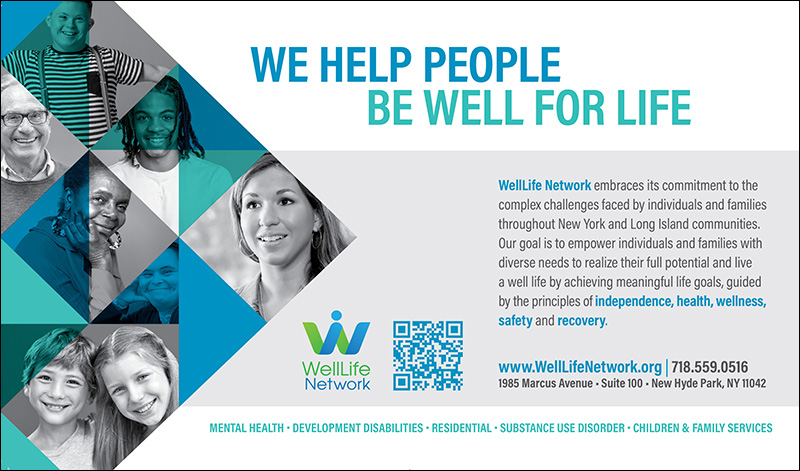In Maslow’s hierarchy, physiological needs – food, water, shelter – are the base upon which all other human activity rests. As a population, particularly in more privileged areas, we tend to take these needs for granted: a house or apartment, food and clean water, and clothing are readily available with achievable resources. For unhoused populations, however, these most fundamental needs are unmet, impacting further potential stunted and unsupported and opening the door wider to substance misuse and either inherent or environmentally triggered mental illness to emerge.

Jodie N. Dionne, MS, LMHC
Stigma surrounding these individuals creates a sense of fear from those who don’t walk in their shoes. The assumptions about how someone became homeless, and even the lack of associating those experiencing homelessness as humans, creates an ongoing discord (Zwick et al., 2020).
Those working in housing are on the front lines of this struggle. They strive every day to best match individuals with housing that suits their needs, guided by two impacting principles: first, every person deserves a stable home, and second, every person deserves to have a life there are happy with, not just a life in which they simply exist. Exploring the barriers to making those two statements a reality is an ever-moving conversation, a constant work in progress to ensure everyone finds the care that works for them.
The language used for individuals changes when the subject population is those experiencing homelessness (Zwick et al., 2020). Often, when considering someone experiencing homelessness, the labels that come out are words like “crazy” or “addict,” with the population thus treated as a monolith. These labels paint a severely overgeneralized and, most importantly, untrue picture of every person who experiences homelessness. Data in 2023 suggests that approximately 21% of the homeless population in the United States experiences some form of mental illness, and approximately 16% of the homeless population experiences some form of substance misuse (Saluda, 2023; Continuum of Care Subpopulation Report). These numbers vary slightly based on the reporting source, with other reports citing as high as 30-50% (Lo et al., 2022).
Recognized overlap in these two populations exacerbates the concern, as it indicates that those rough percentages account for a significant number of individuals in need of support. Not every person who is homeless requires care for either or both challenges, but we must be prepared to provide care for those who do.
People who experience homelessness have difficulty consistently accessing services. The dropout rate in services is stunningly high, potentially reaching as many as two-thirds of those who seek treatment for substance abuse or mental health challenges (Lo et al., 2022). There are several factors that come into play, including lack of a permanent address to register for services, potential lack of consistency in sleeping/bedding down locations, and, overwhelmingly, stress: the level of stress an individual feels without housing can significantly impact their overall ability to manage mental hygiene or avoid substances (Lo et al., 2022). Individuals report a high need to escape their situation, however temporary that escape may be. That escape can come in the form of any number of drugs, alcohol, or behaviors, even in the form of not managing psychiatric symptoms.
When an individual simultaneously experiences homelessness alongside either mental illness, substance misuse, or both, finds housing that suits their needs, they find the space needed to impact decompression. This can be a long, slow adjustment. Housing designed to address both high need populations must offer a range of support services, including assisting with access to therapy, psychiatric treatment, and outpatient substance use services as needed. On-site services can include case management, client-centered approaches to treatment plans within housing, as well as day-to-day life skills coaching.
Guidance suggests that there are 4 stages from homeless to housed: Survival, Adaptation, Integration and Precarity (Marshal et al., 2020). These 4 stages are identified distinctly as they account for one’s feelings and actions during this transitional period.
- Survival is the state one must exist in to survive (i.e., hypervigilance, anxiety, aggressiveness, mental status, substance use).
- Adaptation is the period where one becomes housed and can begin exiting survival mode, ideally resolving some of their hypervigilance and altered mental status/heightened substance use with help from established supports.
- Integration refers to achieving feelings of security in housing that begin to impact previous survival mechanisms with healthier coping strategies.
- Precarity refers to a period where insecurities can emerge.
These phases can be cyclical, and individuals may pass through each of these stages several times before they find successful integration (Marshal et al., 2020). Any treatment strategies should take this cycle into consideration for client-centered approaches to treatment.
In recent years, Housing First Models have emerged. Housing First suggests that a low barrier placement (for example, streamlining intakes and reducing criteria for placement) can help place people from homelessness to housing faster, thereby moving them more quickly to the adjustment phase. Initial data shows a 41% reduction in homelessness and improved quality of life when low barrier placement is implemented (Hahn et al., 2020). There is also a significant difference in the dropout rate for treatment, with housed individuals leaving treatment in one third (as opposed to up to two thirds for unhoused individuals) of instances (Lappan et al., 2019, Lo et al., 2022).
In conclusion, housing is a basic need that underpins recovery, integration, and the resumption of a life well lived. Accordingly, the impact of housing for persons struggling with mental illness and or substance use is a necessary benchmark that must be met if better and faster outcomes are to be achieved.
Jodie N. Dionne, MS, LMHC, is Director of Intake Services at WellLife Network Inc. To contact WellLife Network’s intake services, please email the author at Jodie.dionne@welllifenetwork.org. To explore our other services, please visit www.welllifenetwork.org or email info@welllifenetwork.org.
References
www.samhsa.gov/blog/author/mark-saldua
Emma Ava Lo, M.D., Taeho Greg Rhee, Ph.D., Robert A. Rosenheck, M.D. Housing Outcomes of Adults Who Were Homeless at Admission to Substance Use Disorder Treatment Programs Nationwide, Psychiatry Online 1/18/2022
Lappan, Sara; Brown, Andrew; Hendricks, Peter 2019/08/01 Dropout rates of in‐person psychosocial treatment programs for substance use disorders: A systematic review and meta‐analysis115 10.1111/add.14793 Addiction
Peng Y, Hahn RA, Finnie RKC, Cobb J, Williams SP, Fielding JE, Johnson RL, Montgomery AE, Schwartz AF, Muntaner C, Garrison VH, Jean-Francois B, Truman BI, Fullilove MT; Community Preventive Services Task Force. Permanent Supportive Housing With Housing First to Reduce Homelessness and Promote Health Among Homeless Populations With Disability: A Community Guide Systematic Review. J Public Health Manag Pract. 2020 Sep/Oct;26(5):404-411. doi: 10.1097/PHH.0000000000001219. PMID: 32732712; PMCID: PMC8513528.
HUD 2019 Continuum of Care Homeless Assistance Programs Homeless Populations and Subpopulations. Washington, DC, US Department of Housing and Urban Development, 2019. files.hudexchange.info/reports/published/CoC_PopSub_NatlTerrDC_2019.pdfGoogle Scholar
Marshall, C., Gewurtz, R., Barbic, S., Roy, L., Lysaght, R., Ross, C., Becker, A., Cooke, A. & Kirsh, B. (2020). Bridging the Transition from Homeless to Housed: A Social Justice Framework to Guide the Practice of Occupational Therapists. Accessed at www.sjmhlab.com/publications.
Zwick, J., Appleseth, H. & Arndt, S. Stigma: how it affects the substance use disorder patient. Substance Abuse Treat Prev Policy 15, 50 (2020). doi.org/10.1186/s13011-020-00288-0






